Robert Reich: Amazon Is Everything That’s Wrong With America
What does the location of the company's new offices have to do with the nation's political tumult? Quite a bit, it turns out.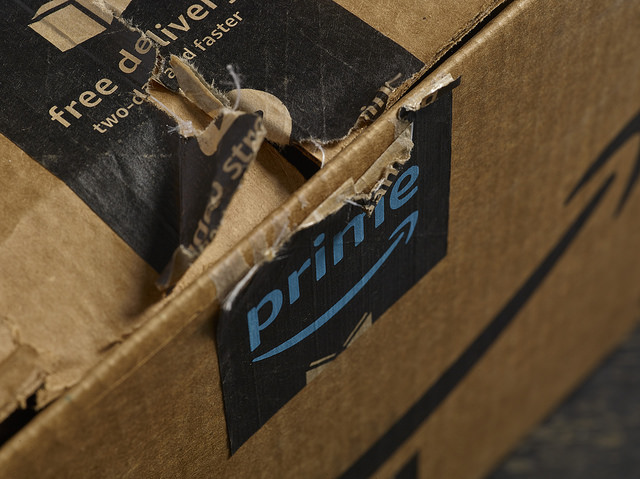 Stock Catalog / Flickr
Stock Catalog / Flickr
While America was fixated on the most tumultuous midterm election in modern history, Amazon reportedly decided that its much-vaunted “second headquarters” would be split between Long Island City in Queens, and Crystal City, across the Potomac from Washington, D.C.
What does Amazon’s decision have to do with America’s political tumult? Turns out, quite a lot.
Amazon’s main headquarters is in Seattle, one of the bluest cities in the bluest of states. New York and metropolitan Washington are true-blue, too.
Amazon could have decided to locate its second headquarters in, say, Indianapolis, Indiana. Indianapolis vigorously courted the firm. Indianapolis is also a Republican city in a bright red state.
Amazon’s decision wasn’t based on political partisanship, but it reveals much about the real political and economic divide in America today.
Amazon’s business isn’t just selling stuff over the Internet. It’s getting consumers anything they want, faster and better. To do so, it depends on a continuous flow of great new ideas.
Like the other leading firms of the economy, Amazon needs talented people who interact with each other continuously and directly – keying off one another’s creativity, testing new concepts, quickly discarding those that don’t work, and building cumulative knowledge.
Technology isn’t a thing. It’s a process of group learning. And that learning goes way beyond the confines of any individual company. It happens in geographic clusters, now mostly along the coasts.
As the Times’ Emily Badger has reported, the digital economy has been great for places like Seattle, New York, metropolitan Washington, and the other big talent hubs like San Francisco, Boston, and LA. But it’s left behind much of the rest of the country.
The result is widening inequalities of place.
For most of the last century, wages in poorer parts of America rose faster than wages in richer places, as inventions were put to work in the hinterlands. After Henry Ford invented the Model T, for example, workers on assembly lines all over the Midwest built it.
Now it’s just the opposite. Bright young people from all over America, typically with college degrees, are streaming into the talent hubs of America – where the sum of their capacities is far greater than they’d be separately.
The invention sparked inside these hubs is delivering streams of new designs and products to the rest of the world – including to other global hubs.
In return, the money pouring into these places is delivering high wages, great living conditions (museums, restaurants, cafes, recreation), and unbounded wealth.
Yes, corporate rents and housing costs are skyrocketing, as are the costs of sending kids to school (even many “public” schools are in effect private ones because nobody but the rich can afford to live in the school district).
But the incomes and profits more than make up for it. Which is why Amazon chose New York and metro Washington.
As money pours into these hubs, so do service jobs that cater to the new wealth – pricey lawyers, wealth managers, and management consultants, as well as cooks, baristas, and pilates instructors.
Between 2010 and 2017, according to Brookings, nearly half of the America’s employment growth centered in just 20 large metro areas, now home to about a third of the U.S. population.
Relative to these booming hubs, America’s heartland is becoming older, less well-educated, and poorer.
The so-called “tribal” divide in American politics, which Trump has exploited, is better understood in these economic and cultural terms: On one side, mega-urban clusters centered on technologies of the future. On the other, great expanses of space inhabited by people left behind.
Another consequence is a more distorted democracy. California (now inhabited by 39.54 million) and New York (19.85 million) each get two senators, as do Wyoming (573,000) and North Dakota (672,591).
Even though Democratic Senate candidates in the midterm elections received 12 million more votes than Republican Senate candidates, Republicans still gained at least one more Senate seat.
The biggest talent hubs – like San Francisco, Seattle, and Washington – also harbor large and growing populations of poor who have been stranded by the turbo-charged gentrification. These gleaming cities are becoming the most Dickensian locales in the land, where homelessness and squalor mix with luxury high-rises and toney restaurants.
So as the American middle class disappears, the two groups falling perilously behind are white, rural, non-college Trumpsters, and the urban poor.
It’s not Amazon’s business to know or care. That falls to the rest of us.
Your support matters…Independent journalism is under threat and overshadowed by heavily funded mainstream media.
You can help level the playing field. Become a member.
Your tax-deductible contribution keeps us digging beneath the headlines to give you thought-provoking, investigative reporting and analysis that unearths what's really happening- without compromise.
Give today to support our courageous, independent journalists.

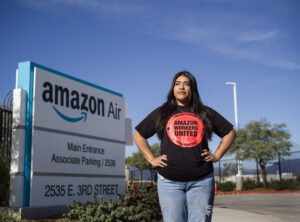
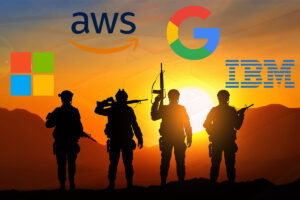
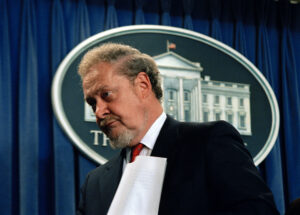
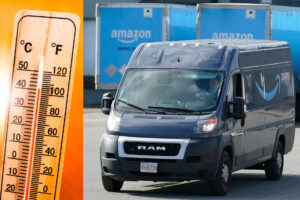



You need to be a supporter to comment.
There are currently no responses to this article.
Be the first to respond.